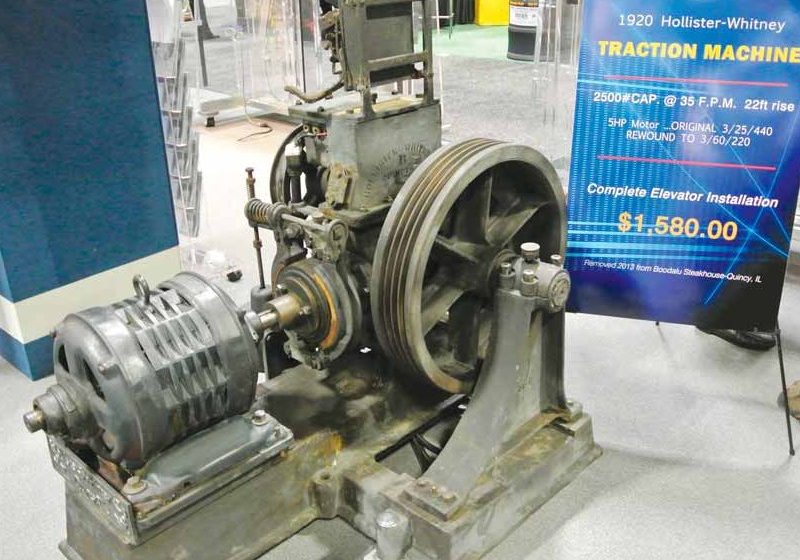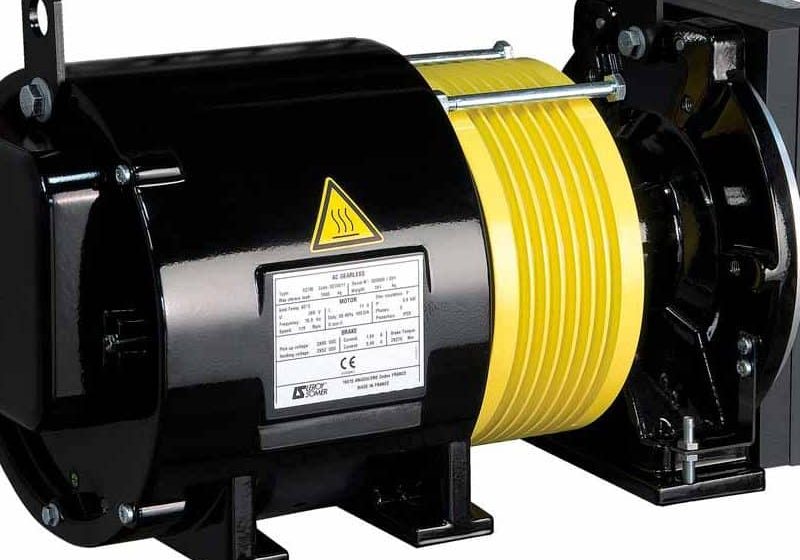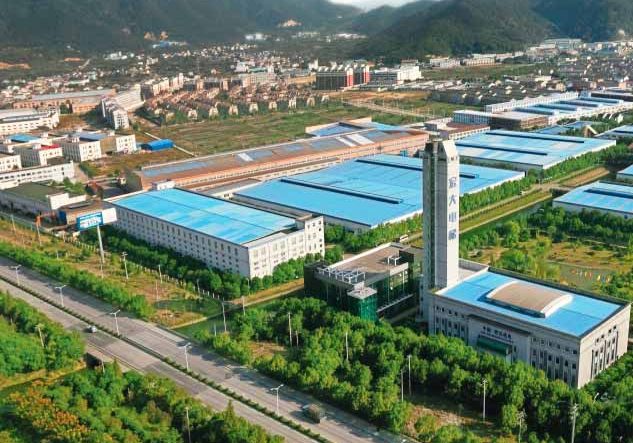Elevator Inspections – Understanding Outsourcing Options
Dec 1, 2013
The building construction market is heating up around the world, with new commercial builds — office buildings, hotels, hospitals, etc. — getting taller. This translates to a need for more elevators. At the same time, the number of older buildings, many of which have elevators that have been in service for decades, continues to climb.
Servicing and maintaining the growing number of elevators, both older and newer, is placing greater demands on building owners. They need to employ competent elevator technicians for repair and service, and they need assurances from highly qualified inspectors that this work is done in accordance with state and local safety codes, especially as new code versions are constantly being adopted.
These demands translate to a growing job market for qualified elevator technicians and inspectors. According to the U.S. Bureau of Labor Statistics, the job outlook for construction and building inspectors — which includes elevator inspectors — is expected to grow by 18% from 2010 to 2020, an increase of more than 18,000 inspection jobs in the U.S. alone.
How does a commercial-building owner ensure the inspector it hires has the required experience and qualifications to conduct inspections thoroughly, carefully and efficiently to minimize repair downtime and ensure safe elevator operation? When permitted by state law, should the owner hire someone full time to do this work, or should the inspection duties be outsourced to a third party?
Weighing the Options
There are several factors a building owner should consider when making the above decisions. The size of the company, and the number of buildings and elevators it needs to maintain and inspect, are both critical considerations. An owner of only one or a few buildings located in close proximity to each other may opt to hire a full-time maintenance crew that has someone qualified to inspect the work. This option may be limited to only a few locales, as many local code authorities require third-party elevator inspections (either annually or semiannually) to ensure the equipment conforms to all applicable code requirements.
If obligated to use a third-party inspector, a building manager must then consider whether to use a smaller, local inspection service or partner with a larger inspection provider that has a broader regional or country-wide reach. This decision often comes down to economics, efficiency and reliability. Once again, the building company must consider the size of its facilities, the number of elevators requiring inspection and its geographic location. Other concerns are whether the concerned buildings are in the same office complex, the same city, the same state or, even, the same country. As the complexity of building management grows in terms of number, size, scope and location, owners may benefit by partnering with an inspection service with a larger reach.
Benefits of Large Third-Party Inspectors
Working with a larger inspection company — one with inspectors located throughout the country — provides building owners with several benefits that improve or streamline the efficiency of the inspection process. First, owners are given a single point of contact. For those with assets spread across a wide area, managing the activities of several smaller inspection companies proves challenging and inefficient. Setting up an inspection schedule with a larger third-party service provides a single point of contact for the owner. The third party is responsible for managing the inspection schedule across different office locations, using inspectors that share a common inspection process and experience.
Consistent and streamlined services make up another benefit. A larger inspection provider can set up a routine (quarterly, biannual or annual) inspection schedule for every company facility. This ensures consistency of service and streamlines the inspection process. In addition, it allows common elevator problems or special inspection considerations to be shared among inspectors across the organization. Achieving this is difficult, if not impossible, if several independent inspectors are used in different building locations.
Using one inspection company that adheres to a set schedule and inspection process provides minimal liability, and helps minimize unexpected elevator downtime and more frequent maintenance and repairs. In addition, a large inspector will be certified to conduct inspections across several states (or even the entire nation) and will understand the requirements of each local jurisdiction. This minimizes liability exposure for the owner.
Inspectors from a larger inspection firm will have a better working knowledge of the specific inspection requirements across different states or regions for compliance with federal, state and local codes. Smaller inspection providers may be limited to working in only one local jurisdiction or region, due to logistics limitations and a limited understanding of regulatory requirements across the state or country.
Conclusion
Selecting the proper elevator inspection scenario requires a careful review of several factors, from the number of buildings and office locations requiring inspection, to the skill and experience level of internal maintenance teams to manage inspection schedules. But, whether responsible for one elevator, several banks of them or elevators installed in buildings across the country, owners should select the inspection service that provides the highest safety assurances and lowest liability risk, while keeping their maintenance costs within budget.
Get more of Elevator World. Sign up for our free e-newsletter.







